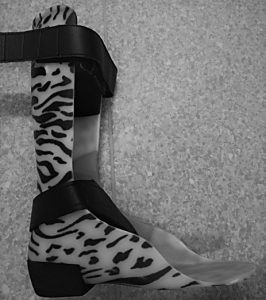Our recent paper has established recognised terms, definitions, design characteristics and prescription criteria for off-the-shelf stability footwear for the first time.
Numerous terms have been used in the literature concerning clinical footwear interventions, including orthopaedic shoes, rehabilitative boots, modified shoes, supportive shoes and special shoes. There is also no standardised set of agreed outcome measures, both physical and psychosocial, to ascertain the effectiveness of this footwear.
A group of multinational professionals, from clinicians to those involved in the footwear industry, were recruited to take part in an online survey and to provide further insights through a series of open-ended questions.
“Therapeutic footwear” was the agreed term to represent children’s footwear interventions, with grouping and subgrouping of therapeutic footwear being dependent on their intended clinical outcomes: accommodative, corrective or functional. Design characteristics of off-the-shelf footwear were also grouped under three themes: stability, ergonomics and aesthetics.
This is believed to have many benefits including:
- A common understanding of therapeutic footwear terminology to facilitate communication between clinicians, researchers and manufacturers.
- Research-informed evidence for selection of appropriate off-the-shelf stability therapeutic footwear based on identified design characteristics.
- Research-informed evidence for dispensing off-the-shelf stability therapeutic footwear to patients.
- Standardised outcome measures for clinical assessment of the effectiveness of off-the-shelf stability therapeutic footwear interventions.
This study has achieved an expert consensus where none previously existed, which is important from both a manufacturing and clinical perspective. This is a huge step forward which we hope will lead to quicker, more personalised and more effective treatment for children with mobility issues.
Read the full paper published in BMJ Open – Defining and grouping children’s therapeutic footwear and criteria for their prescription: an international expert Delphi consensus study

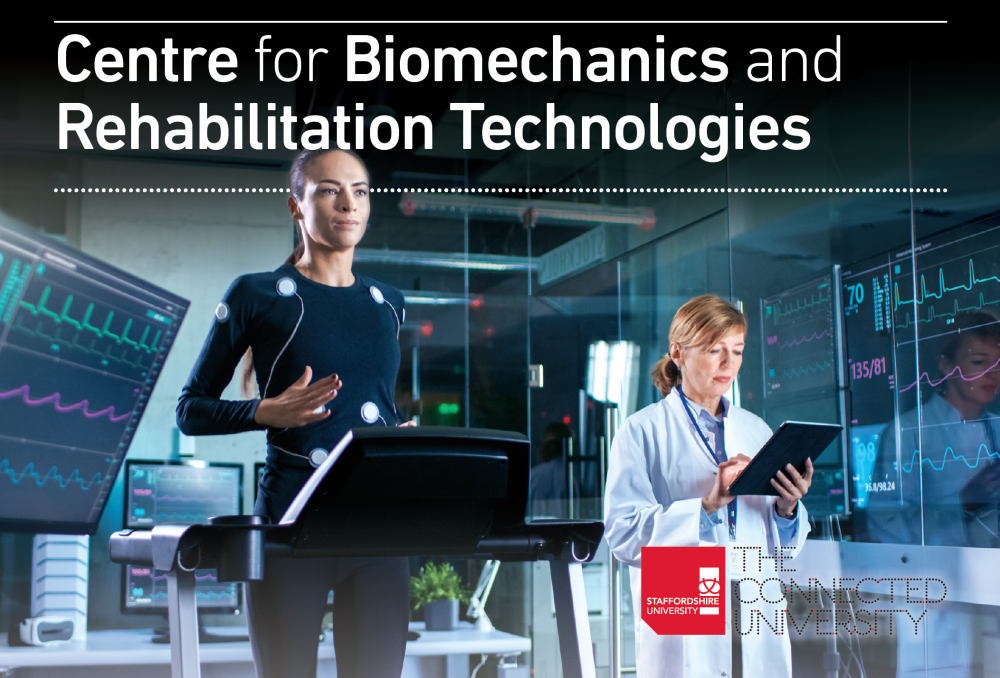
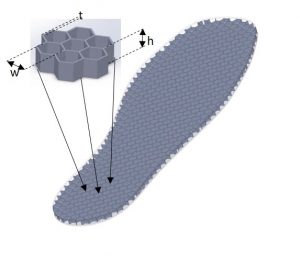
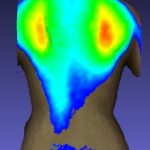
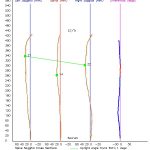
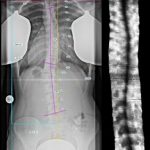
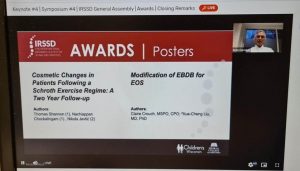 The primary objective of our longitudinal study has been to investigate the relationship between scoliosis spinal deformity measures, clinic reports, images, curve classifications, and back shape data with the goal to develop, test and validate some new cosmetic deformity metrics. Our work is starting to show encouraging results, and we were hugely honoured to be awarded one of the two poster prizes.
The primary objective of our longitudinal study has been to investigate the relationship between scoliosis spinal deformity measures, clinic reports, images, curve classifications, and back shape data with the goal to develop, test and validate some new cosmetic deformity metrics. Our work is starting to show encouraging results, and we were hugely honoured to be awarded one of the two poster prizes.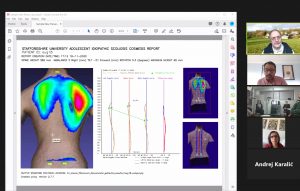 to expand the research efforts in that country as well.
to expand the research efforts in that country as well.

